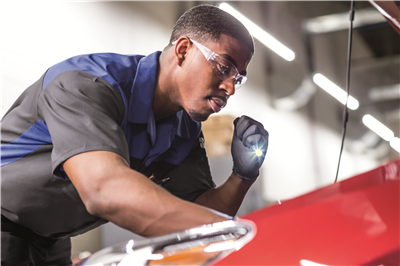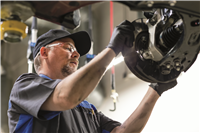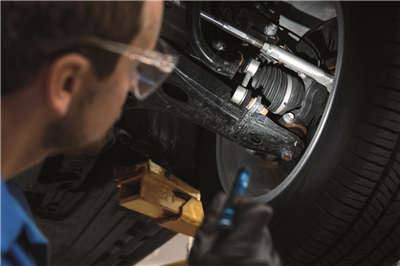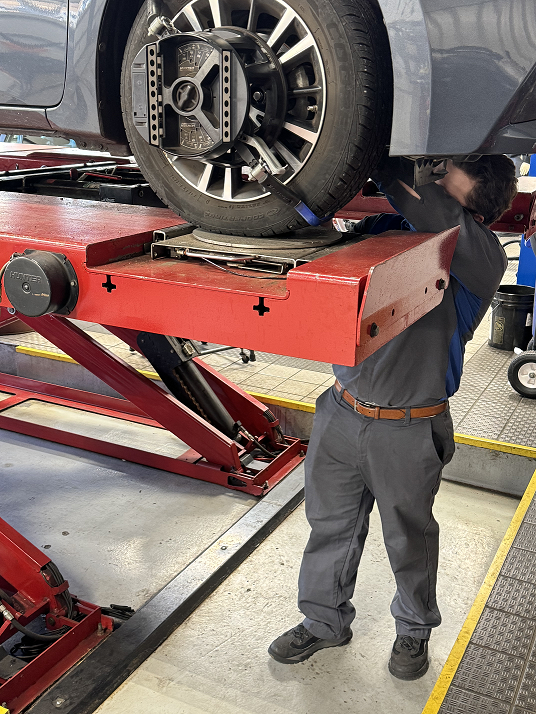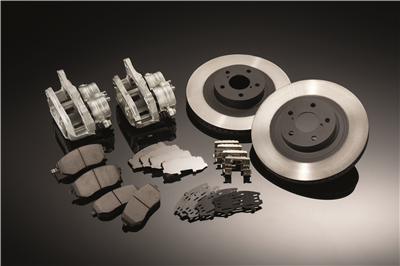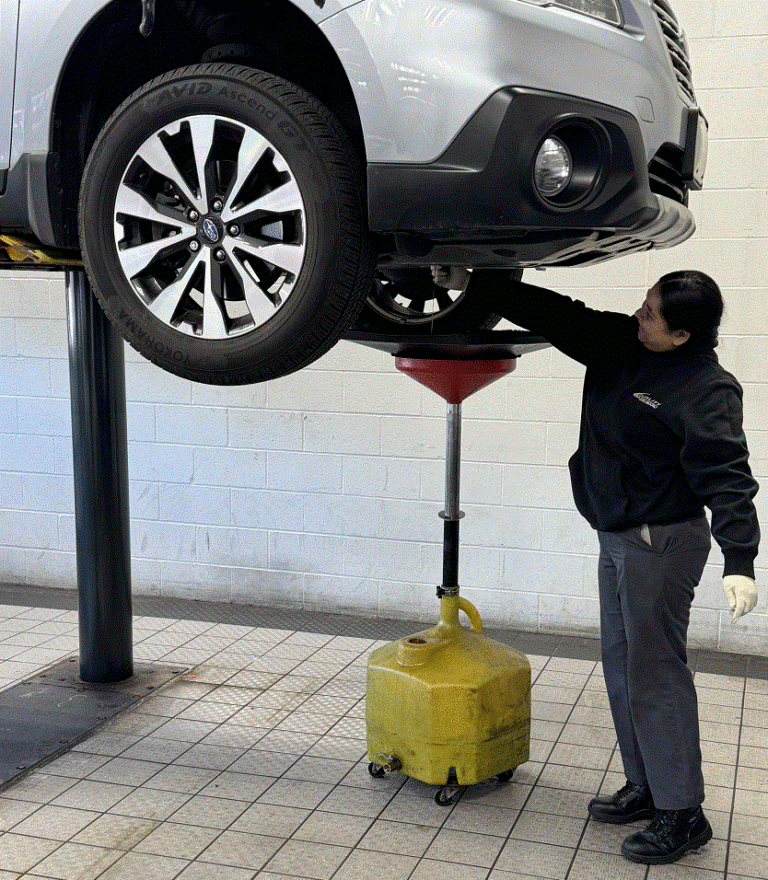The Importance of Proper Subaru Cooling System Service Connecticut
Keeping your Subaru’s cooling system in top condition is crucial to prevent major engine damage. As Buddy Blichfeldt, Operations Manager at Quality Subaru in Wallingford, CT, explains, “If your vehicle were to overheat, that’s when you can cause major damage in terms of things warping. And when things warp, then seals fail within the motor itself, and you can just run into so many internal engine problems. Subaru cooling system service Connecticut is important to perform on your Subaru. “
How the Subaru Cooling System Works
The cooling system is designed to dissipate heat from the engine through a radiator and circulating coolant. Blichfeldt elaborates:
“You have your radiator, which is where the fluid is going to flow through. The radiator is a part composed of many, many fins along it. And those fins are designed to dissipate heat. So that way when you’re driving, you have the natural air flow that’s going to flow through to cool that radiator, as well as a radiator fan, which is going to operate especially when you’re in stop and go traffic and you’re not moving. That fan is going to cool that radiator, which is gonna keep that coolant cool, which is then going to circulate around your engine, keep your engine cool.”
A water pump circulates the coolant throughout the system, ensuring proper flow and heat transfer.
Key Cooling System Components
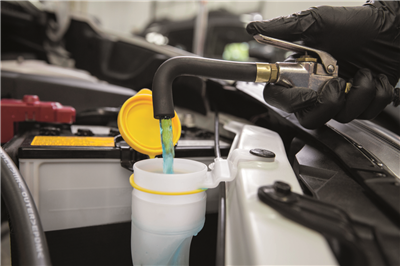
During a Subaru cooling system service Connecticut at Quality Subaru, technicians thoroughly inspect various components, including:
- Radiator: Checked for leaks, cracks, or damage that could impair cooling efficiency.
- Hoses: Inspected for signs of wear, pinhole leaks, or damage that may cause coolant loss.
- Thermostat: Ensures proper temperature regulation by opening and closing to control coolant flow.
- Water Pump: Responsible for circulating coolant throughout the system. Unusual noises may indicate impending failure.
As Blichfeldt notes, “When we open the hood, there’s always some glaring signs you can see if there’s anything leaking. When the vehicle’s up, when we’re performing an oil change, if we see coolant leaking or something like that externally, you know there’s an issue. We got to find out where it’s coming from. A Subaru cooling system service Connecticut by our technicians is a great way to protect your vehicle.”
Subaru’s Long-Life Coolant and Service Intervals
Subaru uses a specialized “Super Coolant” designed for extended service intervals, reflecting the brand’s commitment to environmental sustainability. Blichfeldt explains:
“The Subaru uses a special coolant that they have specified and have designed and made for them. And they refer to it as “Subaru Super Coolant.” And as you know, Subaru is really, really, really big and caring for the environment… The coolant that Subaru specifies and has manufactured is to such a high standard that it’s designed to last for 11 years or 137,500 miles. And that long life fluid ensures that, you know, there isn’t constant coolant, you know, needing to be disposed of somehow.”
While Subaru recommends this extended interval, Blichfeldt acknowledges that some owners may prefer more frequent coolant changes for added peace of mind.
Signs of Cooling System Issues
While it can be challenging for the average driver to detect cooling system problems, Blichfeldt advises bringing your Subaru in for routine maintenance, as technicians are trained to identify potential issues. However, there are a few signs you can watch for:
- Low coolant level in the overflow bottle: “If that is low when we do a visual, we got where’s the fluid going, you know? There are two places it can go. There’s either an external leak or internal where it’s burning it within the engine.”
- Coolant leaks: Visible puddles or stains under the vehicle may indicate a leak that requires professional attention.
- Overheating: If your temperature gauge reads abnormally high or you notice steam from under the hood, it could signal a cooling system problem.
Keeping Debris Clear for Optimal Cooling
Living in New England, Blichfeldt emphasizes the importance of keeping the engine bay clear of debris that could obstruct airflow and impair cooling:
“I know, especially, you know, living in New England, we have the leaves that fall every year. And I think that’s that’s a big one because, you know, you have all the areas where the vehicle is designed in the openings in the front of the vehicle to let airflow come through. And, you know, a lot of times, you know, I see people’s vehicles and they’re just covered with leaves that have all gotten stuck into the grill area or the lower bumper area.”[1]
He also recommends checking for rodent nests after winter, as they can cause damage to cooling system components or electrical wiring.
The Bottom Line: Regular Maintenance is Key
Ultimately, Blichfeldt stresses the importance of routine maintenance at Quality Subaru to catch potential issues before they become major problems:
“The more you can bring your vehicle in to have our technicians constantly looking at it, you’re just doing yourself such a service because they’re able to identify a problem before it becomes something major, major, major.”
Just as regular physicals are essential for human health, a Subaru cooling system service Connecticut is maintenance that is vital for your Subaru’s longevity and performance.
By following the expert advice from Quality Subaru in Wallingford, CT, and staying proactive with cooling system maintenance, you can help ensure your Subaru’s longevity and reliable performance for years to come.
FAQ
How often should I have my Subaru cooling system service Connecticut performed?
Subaru recommends replacing the long-life coolant every 11 years or 137,500 miles. However, more frequent inspections may be advisable, especially if you notice any signs of potential issues or live in harsh weather climates like Connecticut.
What are the signs of a failing water pump?
While it can be challenging for the average driver to detect, a trained technician may notice unusual noises or vibrations that could indicate a failing water pump.
Can I check my Subaru’s coolant level myself?
Yes, you can visually inspect the coolant level in the overflow bottle under the hood. If it appears low, it may indicate a leak or internal consumption, and you should have your Subaru inspected by a professional.
How can I prevent cooling system issues?
Regular maintenance at Quality Subaru is crucial for identifying and addressing potential cooling system problems before they become major issues. Additionally, keeping the engine bay clear of debris and checking for leaks can help prevent cooling system failures.
Is it safe to drive with an overheating engine?
No, driving with an overheating engine can cause severe damage and should be avoided. If your temperature gauge reads abnormally high or you notice steam from under the hood, pull over immediately and have your Subaru towed to a qualified service center.



